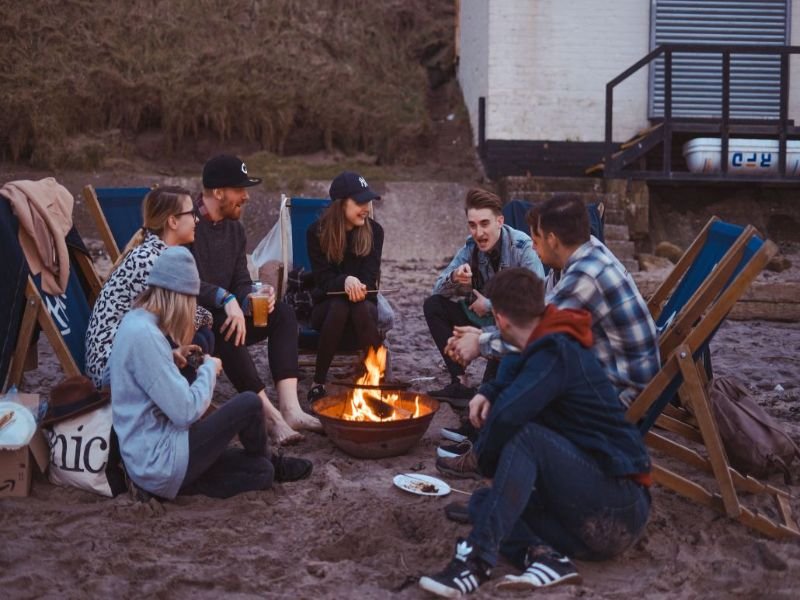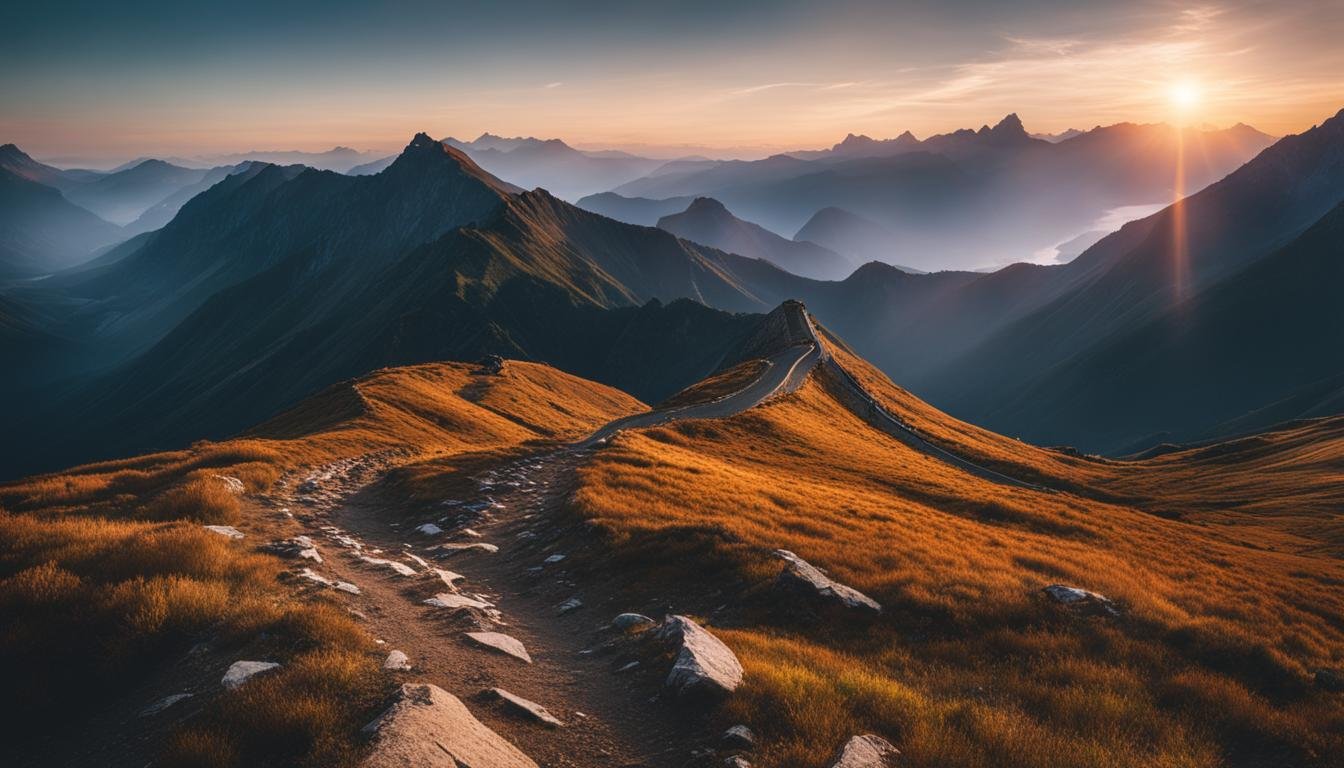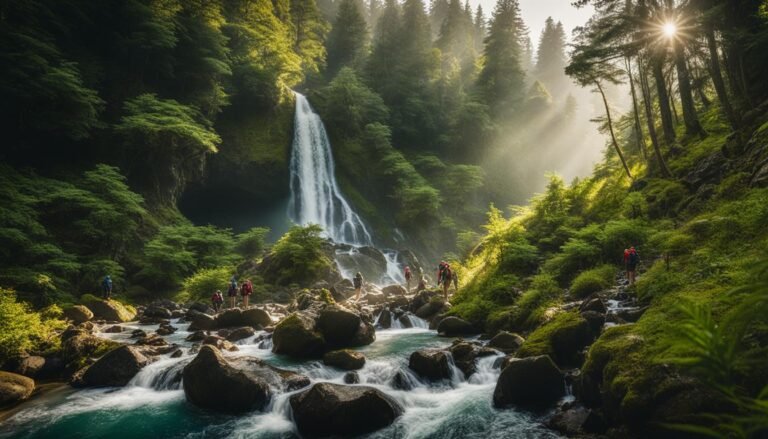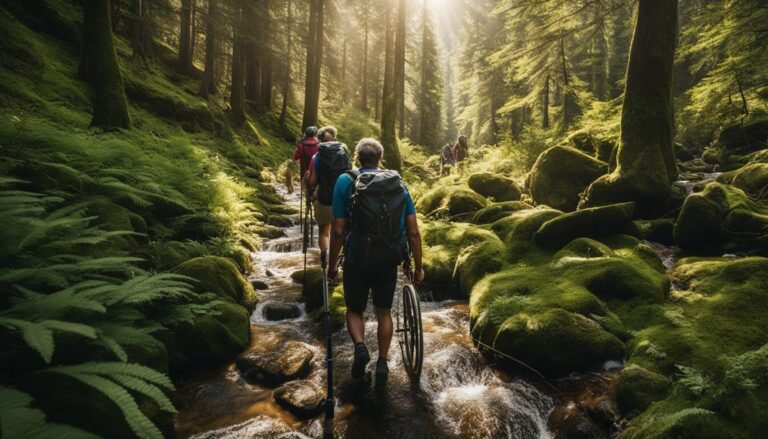Outdoor Cooking Tips
Discover essential outdoor cooking tips and techniques for grilling, BBQ, campfire cooking, and more. Elevate your outdoor culinary skills with expert advice on mastering the art of al fresco dining.
Outdoor cooking is an enjoyable way to connect with nature and savor delicious meals under the open sky. Whether you’re camping, picnicking, or simply grilling in your backyard, mastering the art of outdoor cooking can enhance your outdoor experiences.
To help you make the most of your culinary adventures, here are some essential tips and techniques for successful outdoor cooking.
Outdoor Cooking Tips
Selecting the Right Location
- Begin by choosing a safe and suitable location for your outdoor cooking. Opt for a flat, stable surface, and ensure it’s a safe distance away from flammable materials.
- Gather all the necessary equipment, including grills, campfire rings, or portable stoves, along with essential utensils like tongs, spatulas, and thermometers.
Prioritize Fire Safety
- Familiarize yourself with local fire regulations and any fire bans in your area. Always adhere to these guidelines.
- Keep a fire extinguisher nearby, and make sure you know how to use it in case of emergencies.
- Maintain a safe distance between your cooking source and flammable items such as tents, trees, and shrubs.
Food Preparation
- Plan ahead by prepping and pre-cutting ingredients at home to minimize food handling outdoors.
- Use cooler bags with ice packs to keep perishable items fresh and safe.
- Pack condiments in small, sealed containers to add flavor to your outdoor dishes.
Mastering Cooking Techniques
- Learn to control the temperature of your heat source, whether it’s a campfire, grill, or portable stove, to suit different cooking methods like grilling, roasting, or boiling.
- Utilize aluminum foil packets to cook food evenly and prevent sticking.
- Rotate food regularly to ensure even cooking.
Campfire Cooking
- Create a bed of coals by letting the campfire burn down, providing a consistent and controllable heat source.
- Place a grill grate over the campfire for easier cooking and to avoid direct contact with flames.
- Consider using cast iron cookware, such as pans and Dutch ovens, which work well over campfires and can handle high heat.
Cleaning Up
- Dispose of campfire ashes safely, allowing them to cool completely before placing them in a designated ash pit or container.
- Thoroughly clean cooking grates and utensils to prevent residue buildup, ensuring they are ready for your next outdoor cooking adventure.
Leave No Trace
- Show respect for the environment by leaving your cooking area as clean as you found it, packing out all trash and food scraps.
- Adhere to Leave No Trace principles, such as minimizing the use of soap near water sources, to minimize your impact on the environment.
Outdoor cooking is a wonderful way to enhance your outdoor experiences and create memorable meals in natural settings.
By following these outdoor cooking tips and techniques, you can ensure a safe and enjoyable outdoor cooking adventure while also preserving the beauty of the great outdoors. So, pack your gear, get outdoors, and savor the flavors of nature!
Outdoor Cooking Tips (FAQs)
How do I choose the right grill for outdoor cooking?
Choosing the right grill depends on your preferences and needs. Gas grills are convenient and easy to use, while charcoal grills offer a smokier flavor. Consider factors like size, budget, and the type of food you’ll be cooking.
What are some essential tools for outdoor cooking?
Some essential tools for outdoor cooking include a grill, charcoal or propane, tongs, spatula, meat thermometer, grill brush, and aluminum foil for indirect grilling or wrapping food.
How can I prevent flare-ups while grilling?
To prevent flare-ups, keep the grill clean, trim excess fat from meat, avoid overcrowding the grill, and have a spray bottle of water handy to douse flames if they occur.
What’s the best way to marinate meat for outdoor grilling?
For marinating meat, use a mixture of oil, acid (like vinegar or citrus juice), and seasonings. Marinate for at least 30 minutes to enhance flavor and tenderness but avoid marinating for too long, as it can make meat mushy.
How can I achieve the perfect grill marks on my food?
To get those perfect grill marks, preheat the grill, oil the grates, and place your food at a 45-degree angle to the grates. Don’t move it until you’re ready to flip it, and use a grill press or heavy spatula to create even contact with the grates.
What’s the ideal temperature for cooking different meats on the grill?
The ideal cooking temperatures vary depending on the meat. For example, cook chicken to an internal temperature of 165°F (74°C), steak to your desired level of doneness (e.g., 130°F/54°C for medium-rare), and pork to 145°F (63°C).
How can I add a smoky flavor to my outdoor-cooked dishes?
To add a smoky flavor, use wood chips or chunks on a charcoal grill or a smoker box on a gas grill. Soak the wood chips in water or a flavored liquid, then place them directly on the coals or in the smoker box.
What’s the best way to clean my grill after cooking?
Cleaning your grill after cooking is crucial for its longevity. While the grill is still warm, scrape off any residue with a grill brush and empty the ash or grease tray. For a deeper clean, disassemble the grates and clean them with warm, soapy water.
Can I use my indoor recipes for outdoor cooking?
Yes, many indoor recipes can be adapted for outdoor cooking. Just adjust the cooking time and temperature accordingly, and be mindful of the differences between indoor and outdoor equipment.
How do I prevent food from sticking to the grill grates?
To prevent food from sticking, preheat the grill, clean and oil the grates, and lightly oil the food itself. Additionally, let the food cook for a minute or two before attempting to flip it to reduce sticking.
Key Takeaways (Outdoor Cooking Tips)
- Outdoor cooking can enhance your outdoor experiences and allow you to savor delicious meals in natural settings.
- Select a safe and suitable location for outdoor cooking, away from flammable materials.
- Gather necessary equipment and utensils, such as grills, campfire rings, and cooking tools, before starting.
- Familiarize yourself with local fire regulations and maintain a safe distance from flammable items.
- Plan ahead by preparing and pre-cutting ingredients at home and using cooler bags with ice packs for perishables.
- Pack condiments in sealed containers for flavoring outdoor dishes.
- Learn to control the temperature of your heat source for different cooking methods.
- Use aluminum foil packets for even cooking and to prevent food from sticking.
- Rotate food regularly for consistent cooking results.
- For campfire cooking, create a bed of coals, use a grill grate, and consider cast iron cookware.
- Dispose of campfire ashes safely, and clean cooking grates and utensils thoroughly.
- Follow Leave No Trace principles by packing out trash and minimizing your impact on the environment.







